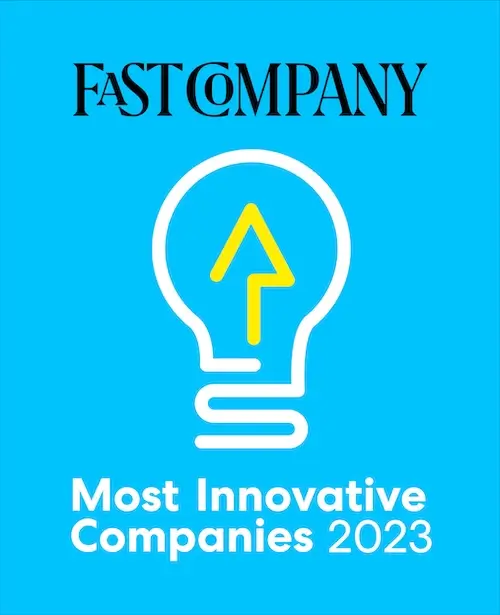Over the past decade, technology has played an ever-increasingly important role in the legal world—particularly in corporate law departments.
To get a snapshot of the situation, just look at the “CLOC 2020 State of the Industry Survey” discussing technology spending in legal departments. It revealed that large companies, which the survey defined as having more than $10 billion in revenue, spend approximately $600,000 on technology strictly for legal teams, every year. Naturally, this isn’t the only money spent on technology for legal. Some software and hardware, like Microsoft Office applications and printers, are paid for by other departments, such as IT, even though they’re used by the legal department. In fact, more than 50 percent of technology spending now happens within individual business units. But that usually means that departments like HR have purpose-built technology that doesn’t suit legal users (or possibly anyone else!).
Now, let’s dive into who should be involved in decisions around legal tech spending — and what needs to be considered during that decision-making process.
Increases in Legal Tech Spending Budgets
According to Gartner’s report, “Predicts 2021: Corporate Legal and Compliance Technology,” legal departments will increase their technology budgets threefold by 2025. This will support workflows and meet productivity demands, as legal spending has increased steadily over the last five years.
General counsels (GCs) also face unprecedented pressure to better manage their legal workload and drive efficiency in their departments. “The new pressures brought about by [the COVID-19 pandemic] certainly have acted as a catalyst for this shift,” says Zack Hutto, Director, Advisory in the Gartner Legal and Compliance practice. “Legal and compliance teams have rarely been frontrunners to modernize, digitalize and automate. The pandemic has flattened staffing budgets and increased legal workloads; technology is the most obvious solution for many legal departments.”
Gartner’s research also emphasized the positive impacts that technological innovation has on corporate legal and compliance. In addition to improving corporate legal productivity and efficiency, legal tech draws attention to contract complexity and compliance risks, as well as plays a transformational role in what’s known as the legal value chain.
Trends in Legal Tech Spending
Yet another prediction is that by 2024, the amount of non-lawyer staff will increase, making up to 20 percent of new hires. The statistics show that the number of legal departments with non-lawyer staff, including legal operations managers, has increased from 34 percent to 58 percent between 2018 and 2020. And we’re not alone in noticing that law departments within larger companies have increased the percentage of full-time in-house specialist employees they have — while reducing outside counsel spending — in anticipation of both legal and regulatory changes.
When it comes to automation and legal tech spending, though, in-house legal departments have always been rather cautious —and even resistant. But as noted above, the pandemic has forced many legal teams to shift gears (in this regard at least!). They’re now considering the automation of particular legal activities, especially if they can be executed easily and quickly. In its 2020 survey of legal leaders, Gartner reported that 55 percent of legal departments view their corporate transactions, specifically, as automatable. By 2024, they even expect to automate as much as half of their legal work related to corporate transactions.
What’s challenging, though, is deciding which technology to adopt to see more positive business outcomes, and why tech adoption is so important.
Contract Automation for Your Legal Department’s ROI
Although legal automation can be used to increase efficiency overall, it won’t miraculously solve legal departments’ problems altogether. With this in mind, as they go about legal digital transformation, legal teams first need to identify the issues that can be resolved with automation. (That’s instead of using technology to search for a problem!) To ensure that legal tech meets all users’ needs, they must also plan rather carefully before investing in automation. Legal departments otherwise risk wasting money on poorly adopted systems and companies may face a decision to abandon a piece of technology. Such ill-adopted technology can also result in one of those “career moments” — having to write off a costly six-figure investment, and hundreds or even thousands of hours of staff time.
Ultimately, legal teams must ensure they prioritize the very things that they want a system to capture, instead of taking an approach that’ll only achieve a fraction of their desired outcome. That’s really the best way to get the most return on technology investment.
To get help on choosing the right contract management system for your legal department, for example, check out our How to Choose a Contract Management Solution whitepaper.
Author:

Jerry Levine
Connect with us on Linkedin











